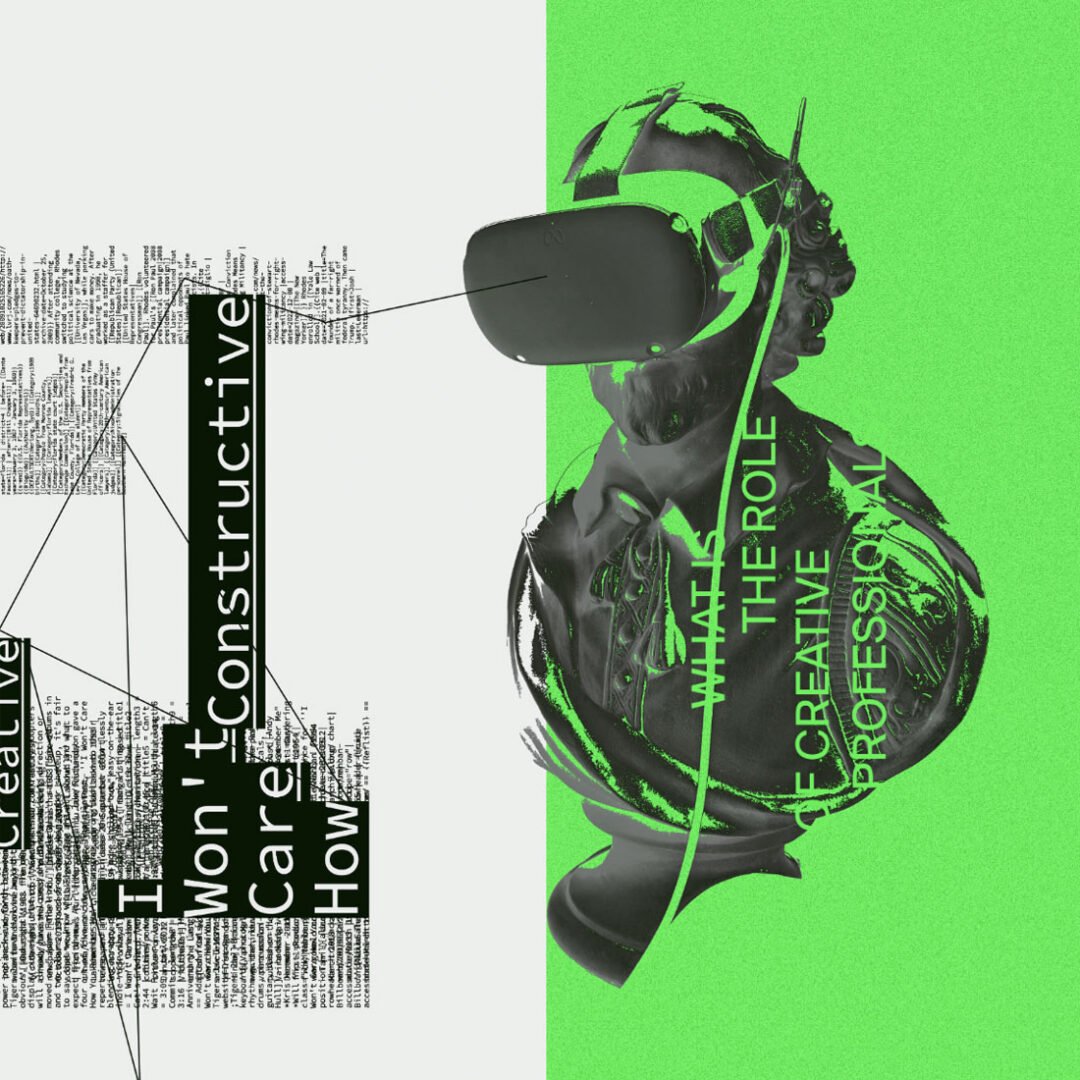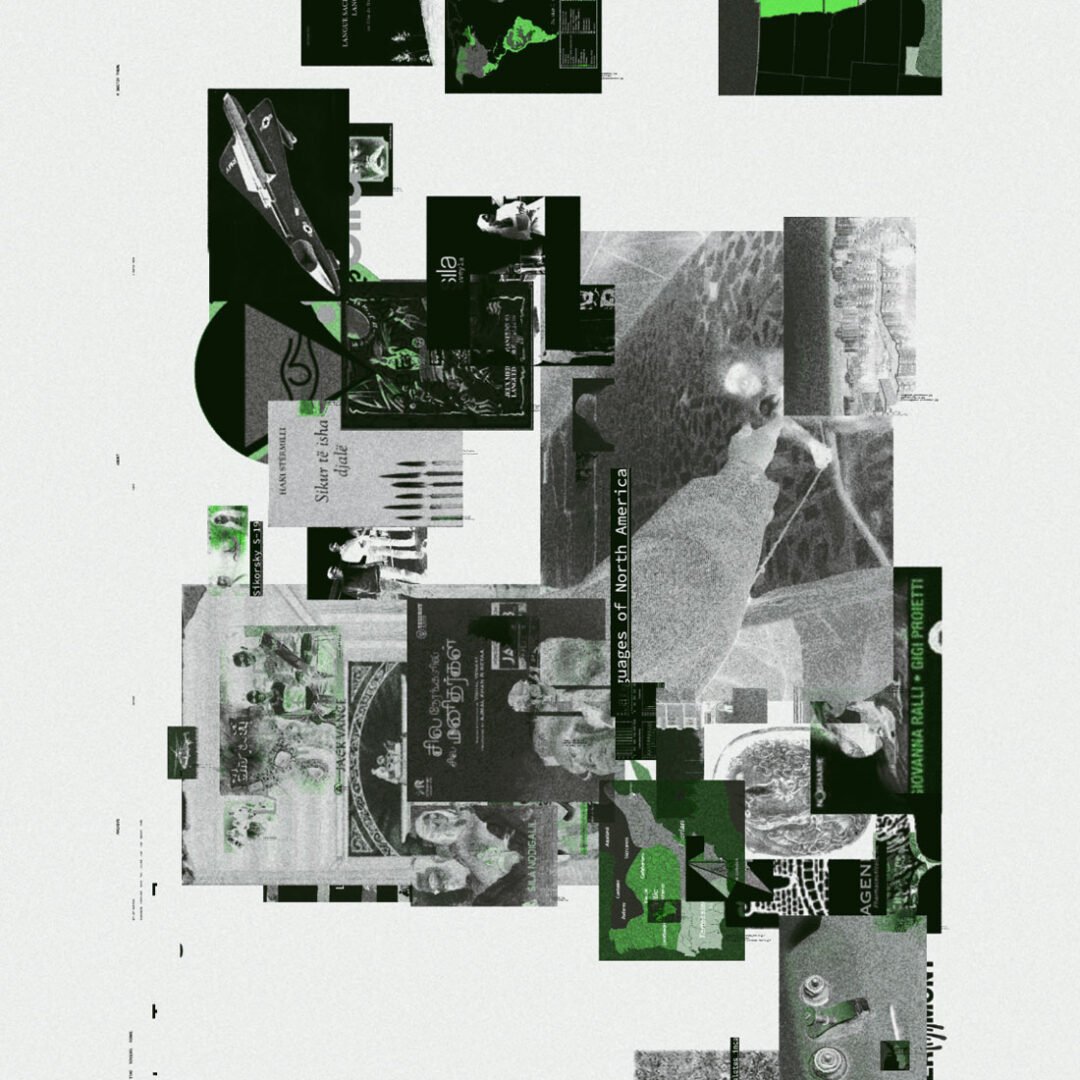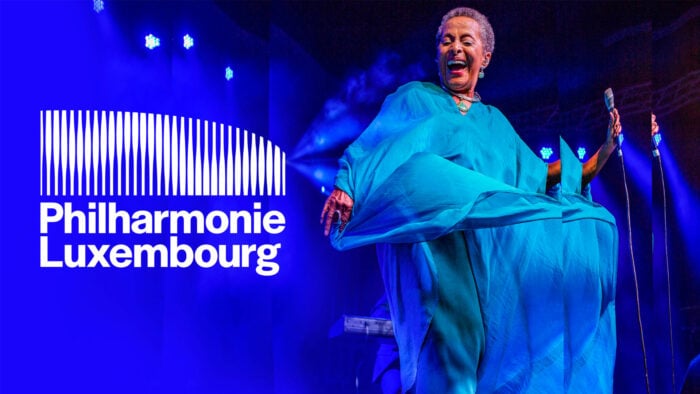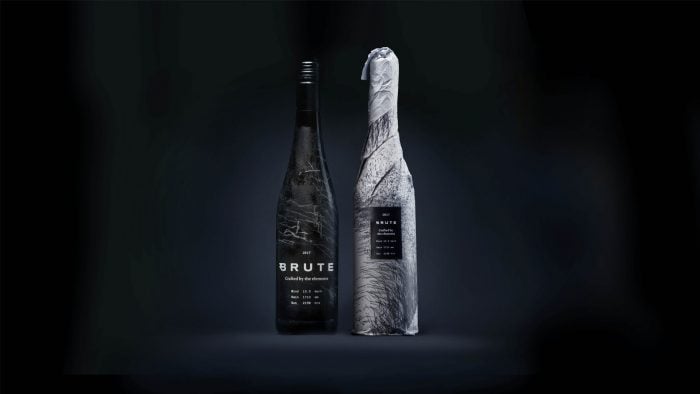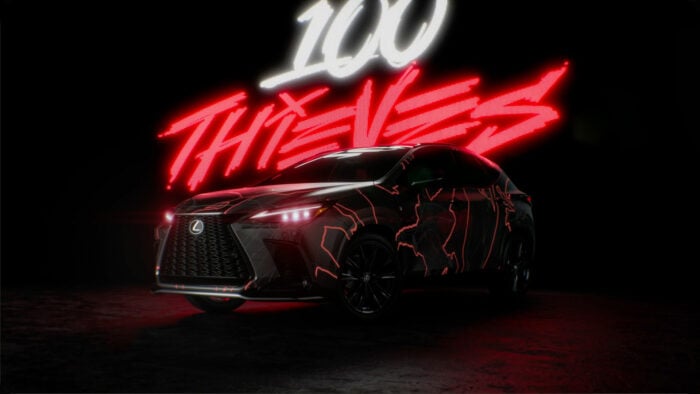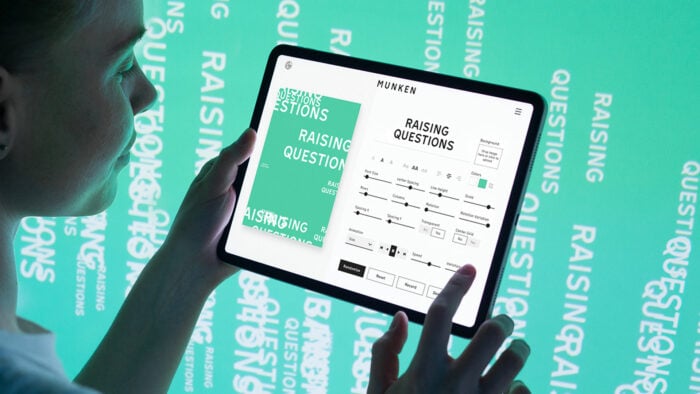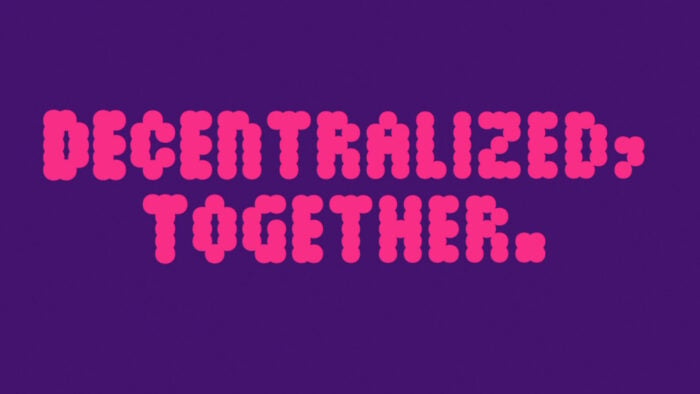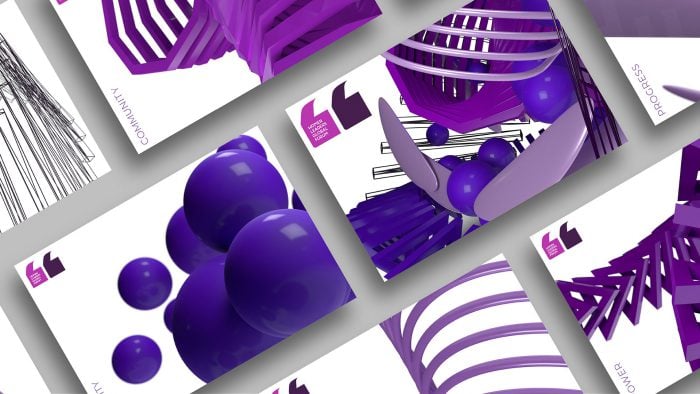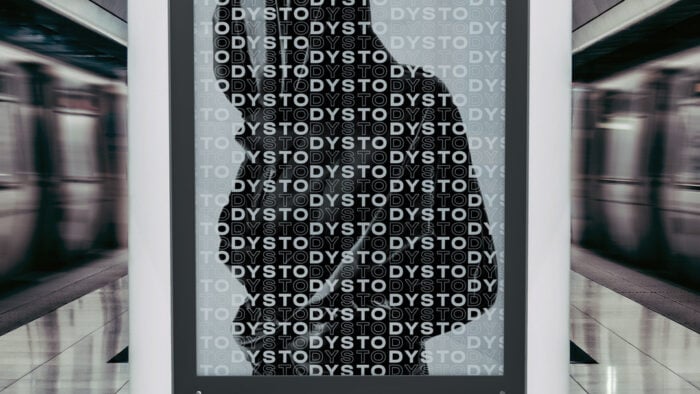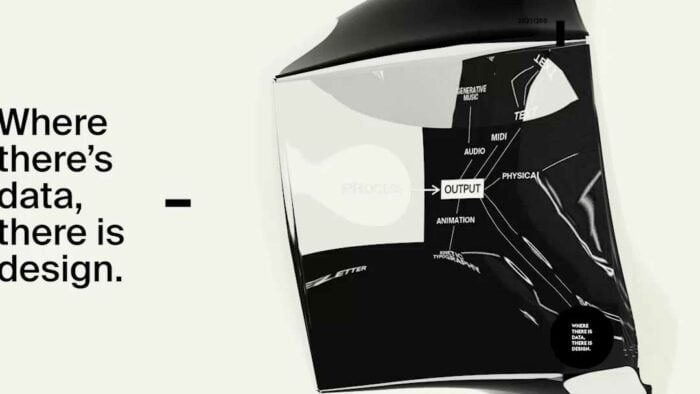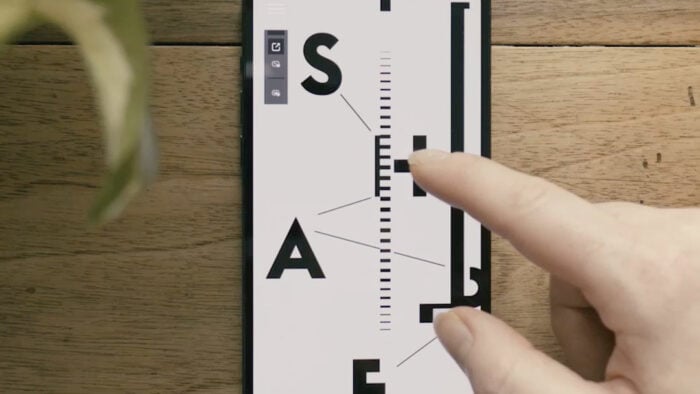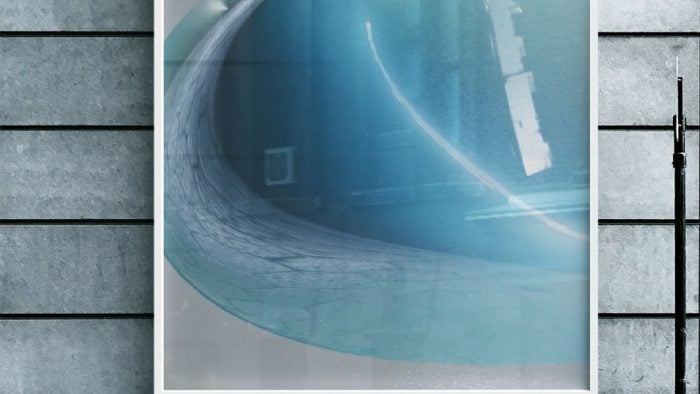Crafting Brand Identities through Generative Design: An interview with Algorithmic Design expert Patrik Hübner
By Thompson Dubé, Originally released at Edenspiekermann Magazine.This interview was conducted during a month-long project I developed with Edenspiekermann, Amsterdam.
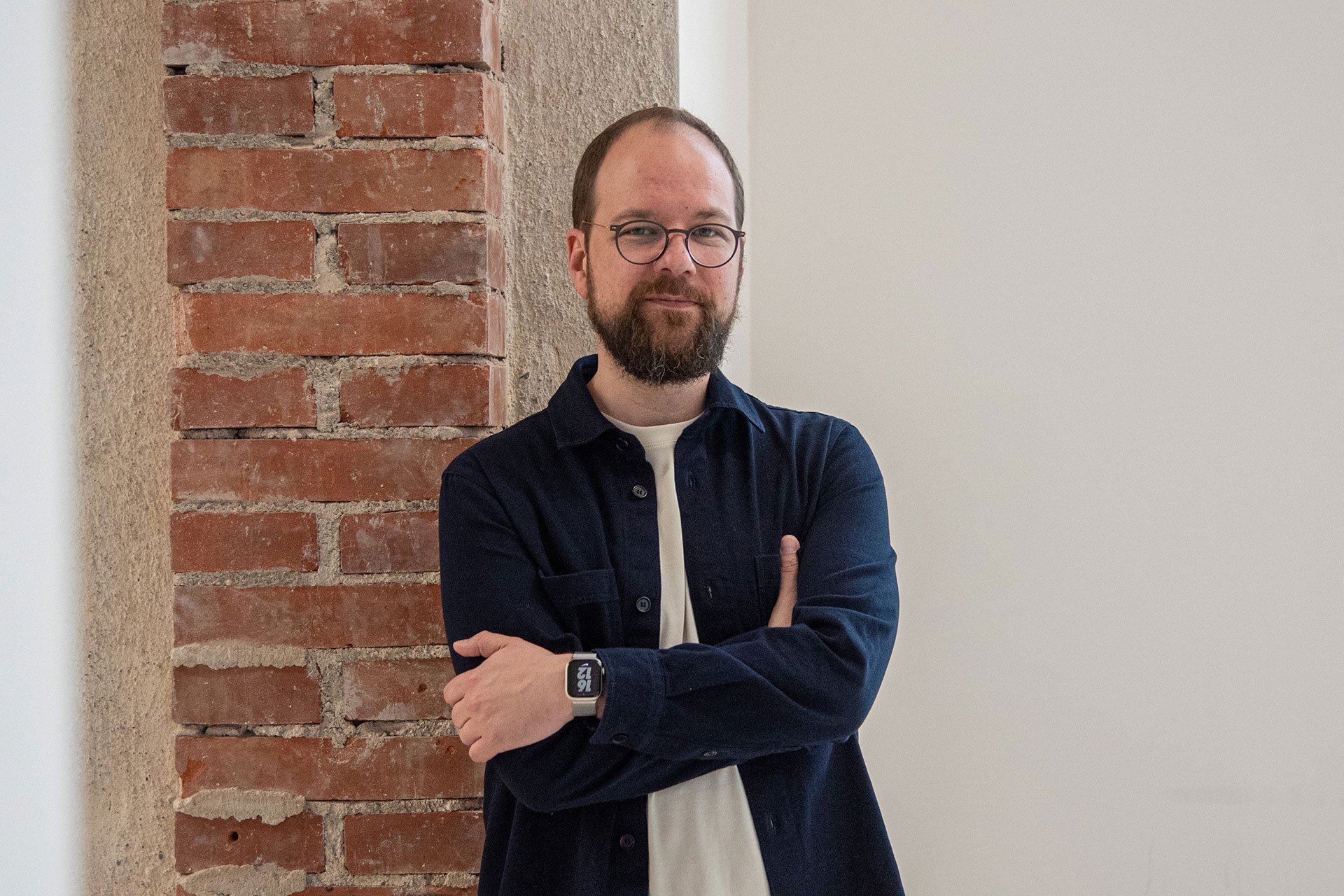
Creating a brand identity that resonates with an audience has always been vital. Conventionally, the thought process behind branding has been top-down, focusing on what corporate executives think their target market wants. However, a shift is occurring with the advent of generative design techniques and data-centric models, where the audience’s preferences are now influencing the decision-makers.
First off, we appreciate you making time for this conversation! Could you kick things off by sharing what your role entails at Edenspiekermann?
My work, collaborating with Edenspiekermann, centers on utilizing Generative Design to offer creative solutions to branding and design challenges. To clarify, Generative Design is an emerging domain within design, characterized by fusing algorithms, data analytics, human engagement, programming, storytelling, Artificial Intelligence (AI), and traditional design elements. These elements work in tandem to craft fresh narratives, unique visual solutions and facilitate dynamic brand identities.
In my role, I’m mainly focused on two things: developing narratives and interactive designs that are human-centric, and on the flip side, using data as the nucleus for generating both visual and contextual understandings of a brand or product.
To give you a concrete example: I have developed a generative system for a client who maintains thousands of websites featuring various images. The challenge is to keep these visuals aligned with the brand while managing costs. We’re employing generative, algorithm-based techniques to produce an unlimited series of web assets that are both brand-consistent and cost-efficient.
I believe, the companies that find a way to incorporate data-driven design and generative technologies into their storytelling will be the ones that are going to succeed in a shifting branding landscape.
This way of thinking led us to ultimately broaden the project’s ambitions to incorporate storytelling based on the client’s product and service data and how end-users interact with this information. One application of this is that if you frequently search for specific terms on a website, the content could adapt to your specialized needs.
Ultimately, we transitioned from developing a single design system for one of the client’s products to creating a full spectrum of design systems that encapsulate the brand’s broader story. The challenge now is to harmonize narratives, data, user input, and various platforms into a unified, brand-aligned ecosystem that’s both engaging and enjoyable.
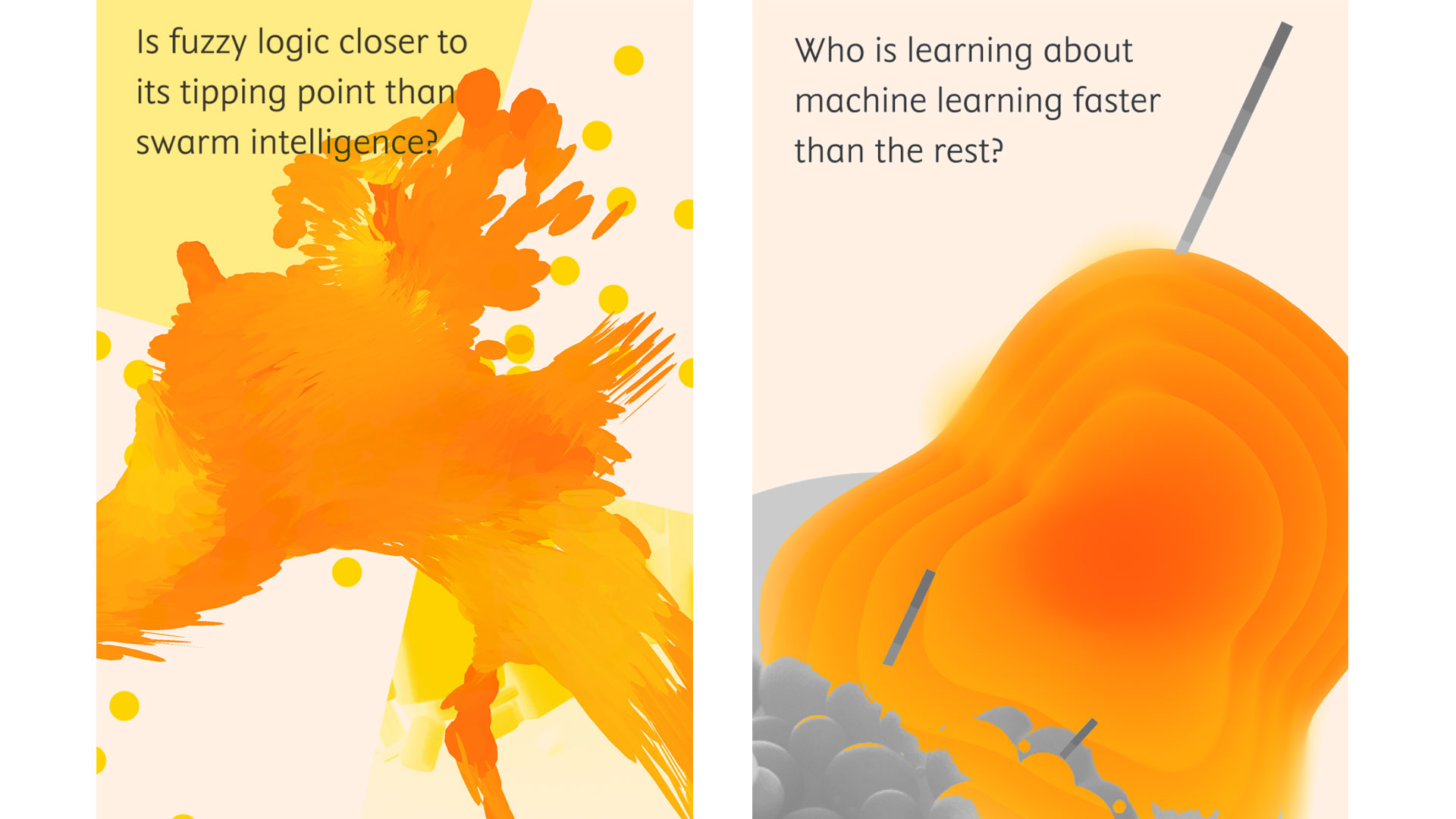
Algorithms are often considered purely mathematical. Yet, you speak about creative algorithms. Could you elaborate on how the two concepts intersect?
Certainly, algorithms are number-based, but I see them as tools for telling captivating stories and reaching people. Generative design, from my perspective, is a potent instrument in my toolkit for solving a client’s communicative and production challenges. It deviates from the static, traditional top-down approach. Instead, it evolves, driven by algorithms that interpret set rules and guidelines to generate a broad array of visual assets.
Today, practically everything can be quantified and transformed into new combinations. This feature makes generative design particularly innovative as it leverages the vast data now available to the mainstream.
With generative design, you get to spend more time developing good ideas and cool stories for outputs that can be generated and deployed on a massive scale.
Many companies collect large datasets but struggle to make sense of them. For a master’s program at the University of Amsterdam, students learn to visualize and tell stories from this data. How do you approach this?
It’s crucial to differentiate between standard data visualization and the more expressive capabilities of generative design. While both can offer insights, generative design provides designers greater freedom in how data is interpreted and applied. I once worked on a packaging design for a wine company based on the weather data from their vineyards, using it as a storytelling element to differentiate the brand from competitors. The focus should always be on what the essence of a brand or company is and how data can illuminate that.
Another project I spearheaded for a non-profit aims to stimulate global discussions around women in politics. We utilized live Twitter feeds to create an evolving data sculpture, which captures more than 10,000 conversations daily and employs machine learning to gauge sentiment.
Looking back over the last decade in web development, what’s your take on the next decade, especially concerning branding, digital, and generative design?
I assume that these methodologies will seep into all facets of life. Augmented and virtual reality will offer new opportunities for immersive storytelling and branding. Although Virtual Reality might currently seem overhyped, Augmented Reality has the potential to integrate the physical world into brand narratives. With generative and data-driven design, consumers will have more say in what they want, guiding the design process more than ever.
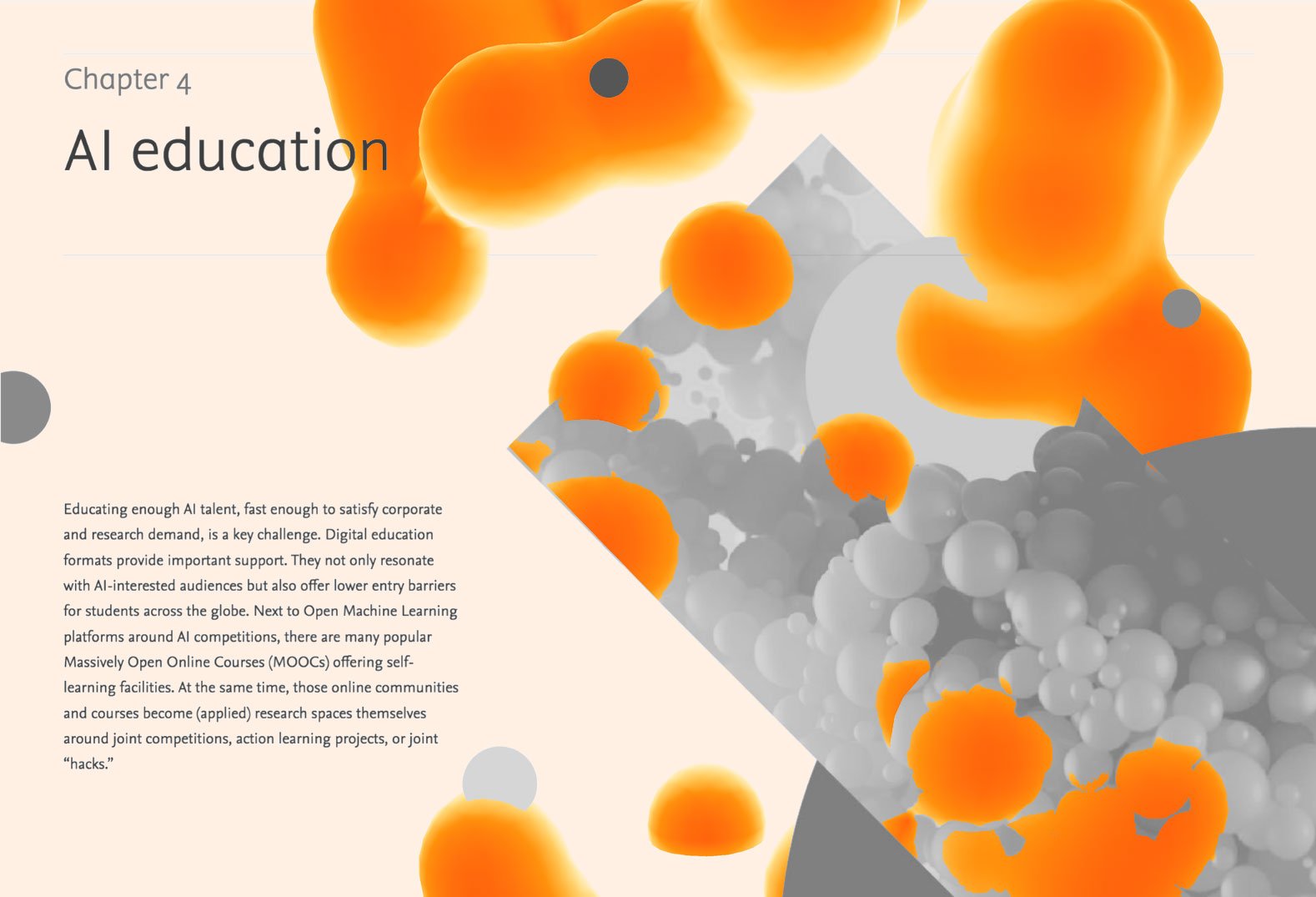
Any closing thoughts before we wrap up?
Generative design isn’t about relinquishing control to algorithms. It’s about designers creating their own tools to transcend the limitations of conventional design software like Photoshop and Illustrator. This capability allows us to spend more time conceptualizing compelling narratives and solutions that can be automated and scaled efficiently.

